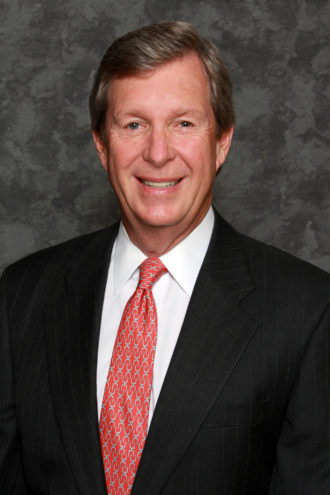
Real estate has always been a fascinating industry. It is very simple from an economic standpoint; it’s a study of supply, demand, and price.
During the past seven to 10 years, Dallas has seen increasingly more capital investment due to demand for lifestyle amenities, low housing costs, and available labor. It has risen to one of the foremost markets in the country due to price: price of housing, price of commercial real estate investments, and price of rent. Compared to Los Angeles, New York, Chicago, and Northern California, Dallas is a clear bargain in office rent. Price is much of the reason Dallas sees relocations from California and other states, such as Toyota, Liberty Mutual, and State Farm, to name a few. Add to that a mild climate and a lifestyle environment that is very attractive to our largest labor force component, millennials, and companies are flocking here. This cohort is a key component for our demand.
To be sure, millennials like certain things: cool office space, growing companies with lots of opportunity, urban locations, high-density living, entertainment options, and airports. That demand was not being met by Dallas’ existing office supply. What was missing? New, cool buildings to attract that valuable component of the workforce for professional services companies like accountants, merchant bankers, and lawyers. When new offices were built to meet that demand, they did so at a new price—one that Dallas had never seen before.
Companies now faced a conundrum: They needed to rent space in these newer buildings to attract the right talent, but the expenses were out of their budget. Many companies began to lease less space per person to keep the rent reasonable. For instance, BDO contracted to one person per 175 square feet, which is six people per 1,000 square feet. Dallas had never seen such extreme densification. Tenants used open plans, smaller offices, and benching to fit the same size operations into less physical space. Workplace strategists did studies and found that most seats were occupied only 40 percent of the time, so tenants could increase density by using modern furniture and new office configurations to increase the efficiency of the space. That would shrink the demand—the overall footprint of the office—and enable the tenant to justify the higher rent per square foot in buildings that would attract those valuable millennials.
The rising tide of new buildings and their higher lease rates caused the rents in existing buildings to increase as well. If new buildings are leasing for $40 per square foot, then well-located, attractive buildings that were built earlier, say 1985 to 2005, could justify raising their rents. Some examples include The Crescent at gross rents of $50 per square foot, Trammell Crow Center at $40 per square foot, and Saint Ann Court at $42 per square foot. If buildings built in the early 2000s are selling at $500-plus per square foot, then it is imperative they bring in $50 rents to get the returns the institutional buyers are seeking.
Dallas is just now entering this new world of higher prices as it has emerged as a national investment contender, attracting capital that the city hadn’t before. Unlike the 1980s when Dallas built without abandon and added 50 percent inventory to the Central Business District with speculative buildings, the buildings today are 50 to 60 percent preleased at coupon rates and significant equity requirement so they are not suffering with lots of unleased space. This means there is no increased supply to diminish demand to make the price fall.
What happens next? Demand shifts.
Sanders Thompson is a principal specializing in office tenant advisory at Transwestern.





